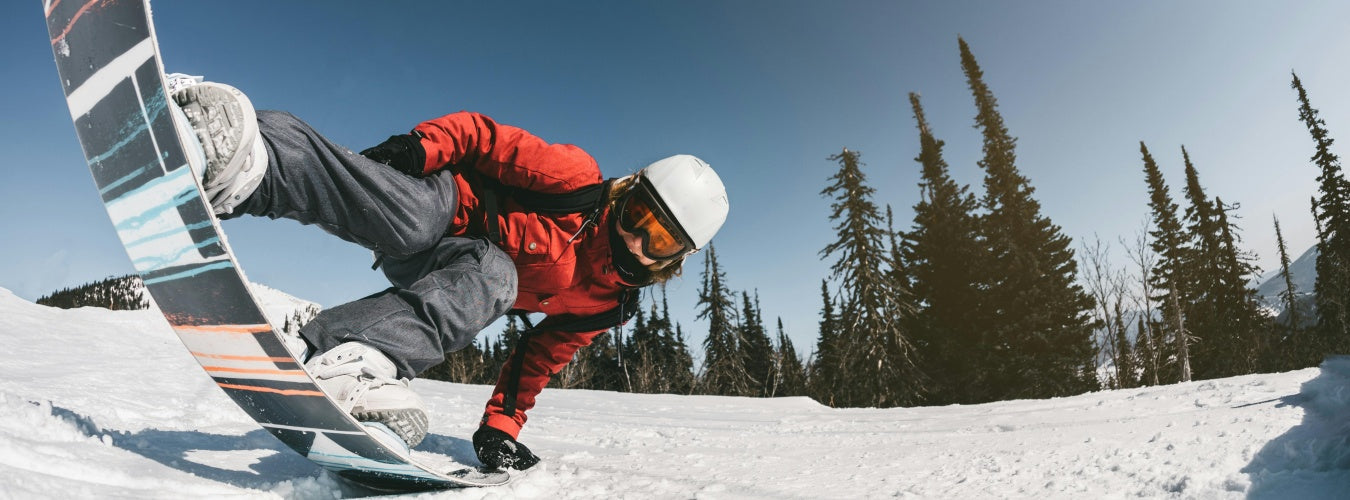Available for purchase in the USA
US

Snowboarding is an exhilarating sport that blends skill, balance, and creativity. Among the many techniques that riders love to master, snowboard buttering stands out as one of the most stylish and fun ways to improve board control and express individual riding flair. Whether you're a beginner looking to enhance your skills or an experienced rider wanting to add more style to your turns, learning how to butter can elevate your snowboarding experience. This guide will take you through the essentials of buttering on a snowboard, from fundamental techniques to advanced tips and year-round practice methods.
It is a technique that involves pressing the nose or tail of the board into the snow while maintaining smooth, controlled movements. This creates a flowing, surf-like riding style that is both stylish and functional. The term "buttering" originates from the visual resemblance of spreading butter on toast—when a rider presses the snowboard into the snow, it looks as though they are smoothly "spreading" across the surface. This term was coined by freestyle snowboarders in the 1990s, who sought to describe the fluid, continuous motion of the technique.
Butter tricks are particularly popular in freestyle snowboarding because they allow riders to link movements seamlessly and maintain a fun, playful approach to riding. This technique is not only about style; it also enhances your board control, balance, and weight distribution. Buttering is commonly performed on groomed trails, snow parks, and soft snow areas where the conditions allow for smooth transitions and presses.

Before you start practicing buttering on a snowboard, having the right gear is crucial. Here’s what to look for:
To get started with butter tricks, you need to understand the fundamental movements:
Many beginners struggle with butter on a snowboard due to common mistakes such as:
To improve your butter ability off the slopes, try the following:
Snowboarding isn't just a winter sport—you can train year-round to keep improving. Off-season practice includes:
To enhance your butter tricks at home, using a snowboard training mat can be highly effective. One of the best options on the market is the Matace Snowboard Training Mat.
Matace is a professional flooring manufacturer with over 20 years of experience. They have developed an innovative snowboard training mat that allows riders to practice tricks, balance, and weight shifts at home. Designed with a brush-hollow surface, this mat mimics the feeling of snow, making it an excellent tool for off-season training.
Snowboard buttering is an exciting and rewarding skill that enhances your riding style and overall board control. By learning the fundamentals, avoiding common mistakes, and incorporating off-season training methods, you can master buttering and take your snowboarding skills to the next level. Whether you’re practicing on the slopes or using a Matace Snowboard Training Mat, consistent practice is the key to success. So keep pushing yourself, experiment with new tricks, and enjoy the ride!
Leave a comment